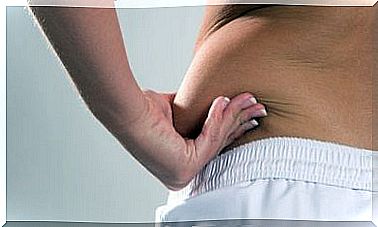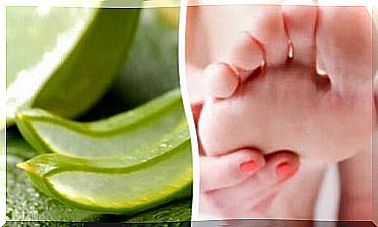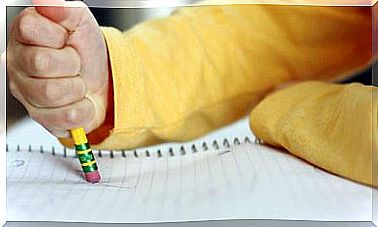Biliary Atresia: Symptoms And Treatment
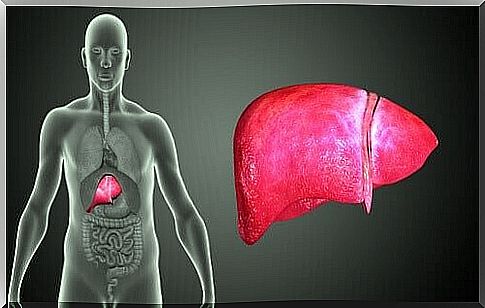
Biliary atresia is a chronic and progressive liver disease. It becomes evident right after birth.
The liver is an organ that contains in its interior a tube known as the bile ducts. The function of these structures is to drain a fluid from the liver called bile. The filtrate passes into the intestines and kidneys.
Bile is essential for good digestion and transports substances from the liver to the intestines and kidneys to eliminate them.
A person suffering from biliary atresia has these bile ducts blocked, so the bile cannot leave the liver. In this way, this organ is damaged, affecting numerous vital body functions.
On the other hand, mention that biliary atresia is the most common cause of liver transplantation in children. It occurs once every 18,000 births, and is more common in women than in men. Also, Asian, African-American and preterm babies generally suffer from this disease more often compared to Caucasian babies.
Causes of biliary atresia

Today, the causes responsible for the development of this disease are still unknown. Some researchers believe that babies are born with the disease, so the disease can be triggered during pregnancy, when the liver is developing.
Other experts believe that the disease appears after birth, possibly due to exposure to toxic or infectious substances.
Initially, it is believed that biliary atresia is not associated with medications the mother took, the illnesses she had, or anything the mother did during pregnancy.
It is also currently unknown whether there is a genetic relationship in the development of the disease; in addition, the disease is unlikely to recur more than once in a family.
What are the symptoms?
Newborns with this condition may appear normal at birth, however jaundice (a yellowish discoloration of the skin and mucous membranes) occurs in the second or third week of life.
The baby can normally gain weight during the first month. After this period you will lose weight, become more irritated and your jaundice will get worse. In addition, you can also develop other symptoms, such as:
- slow growth
- Pale or clay colored stools
- Dark urine.
- Little or no weight gain.
- Splenomegaly (enlarged spleen).
treatment of biliary atresia
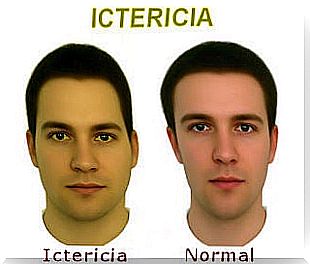
The therapeutic management of biliary atresia is very controversial, as the 80-855 of those who suffer from the disease will eventually undergo a transplant.
Also, as we have already mentioned, it is an irreversible disease and there are no drugs that can unblock the bile ducts or stimulate the development of new bile ducts. Kasai’s portoenterostomy is currently considered the first line of treatment.
Kasai’s portoenterostomy
This operation aims to connect the liver’s bile drainage directly into the intestinal tract. Kasai portoenterostomy is most effective if done before 3 months of age.
In addition, it helps the child to grow and be in relatively good health for many years. However, it is important to take into account that cholestasis, which is an accumulation of bile in the liver and can cause liver damage, may appear.
liver transplant
As the name suggests, this surgery involves transplanting one liver into a healthy one. This new organ may come from part of the liver of a deceased donor or from the liver of a family member, or another person whose tissue type matches the patient’s tissue type.
After surgery, the child’s health usually improves quickly, although he or she needs medication to keep the body from rejecting the new organ. This rejection is a normal protective mechanism in the body, which tries to defend itself against viruses, tumors, and other foreign substances.

